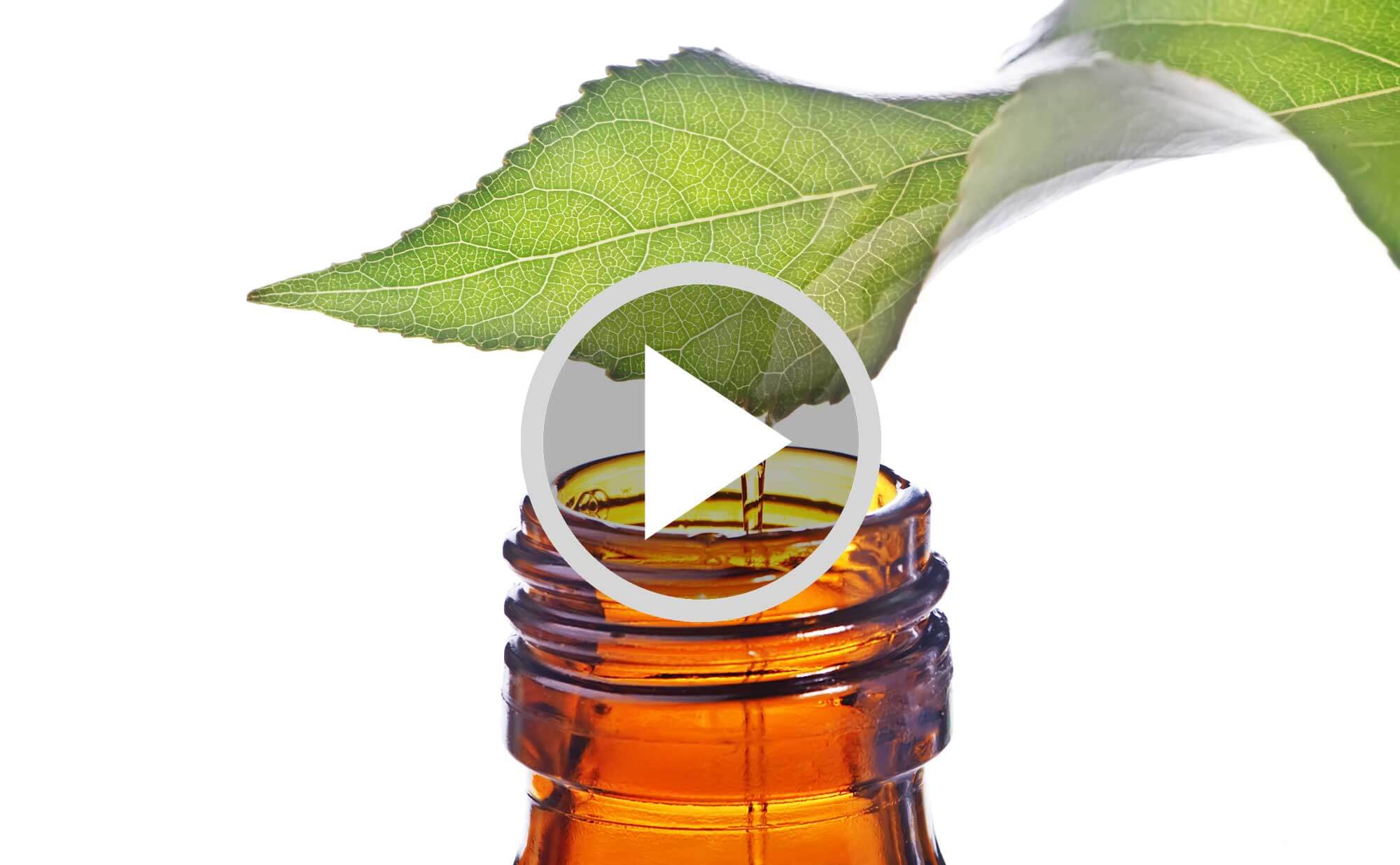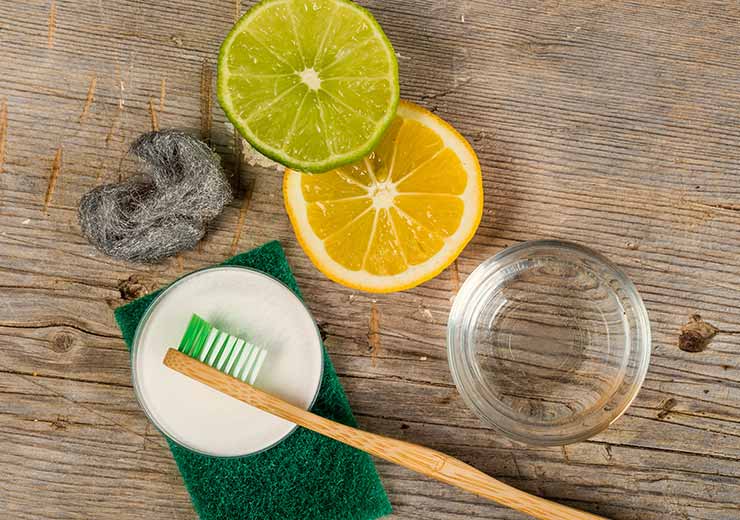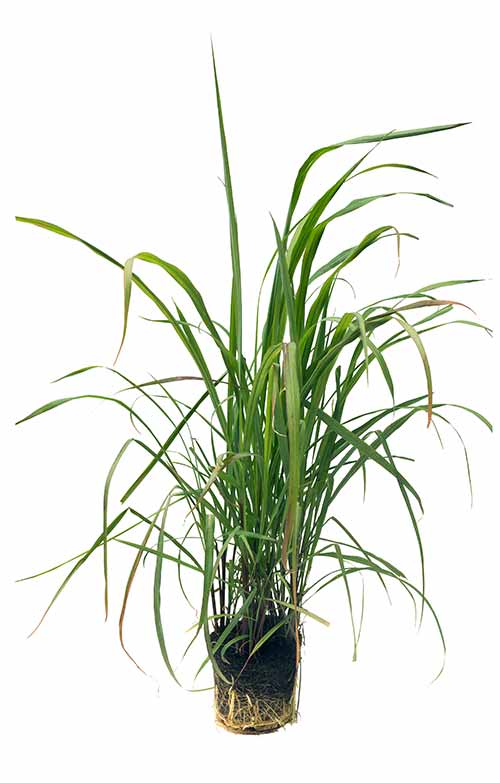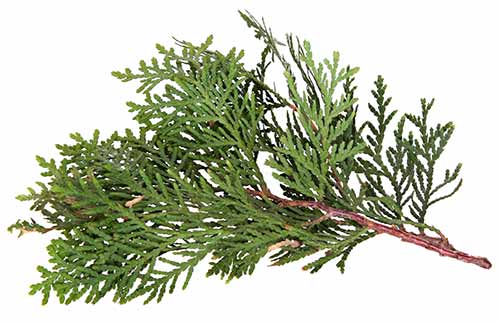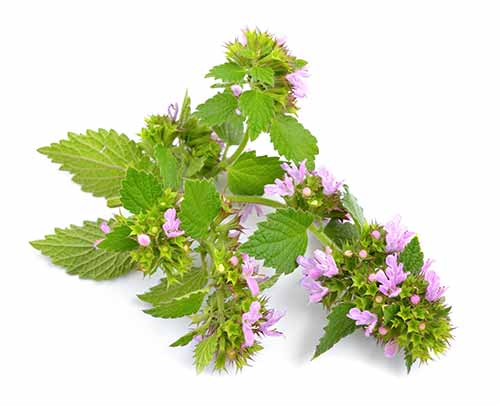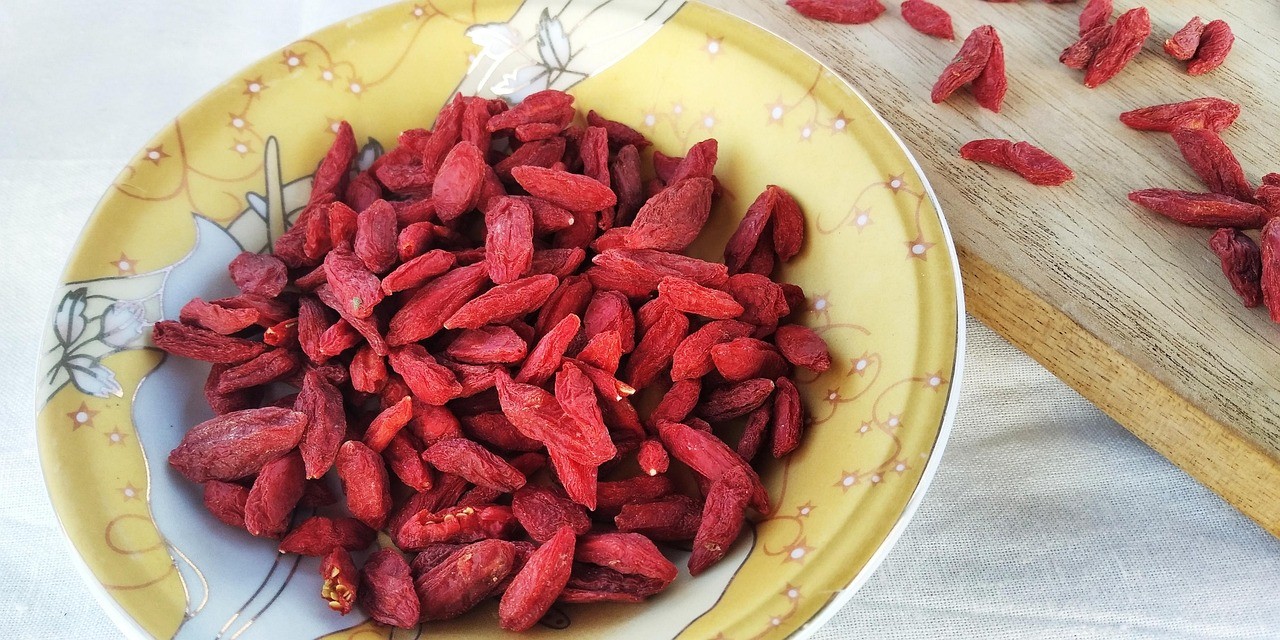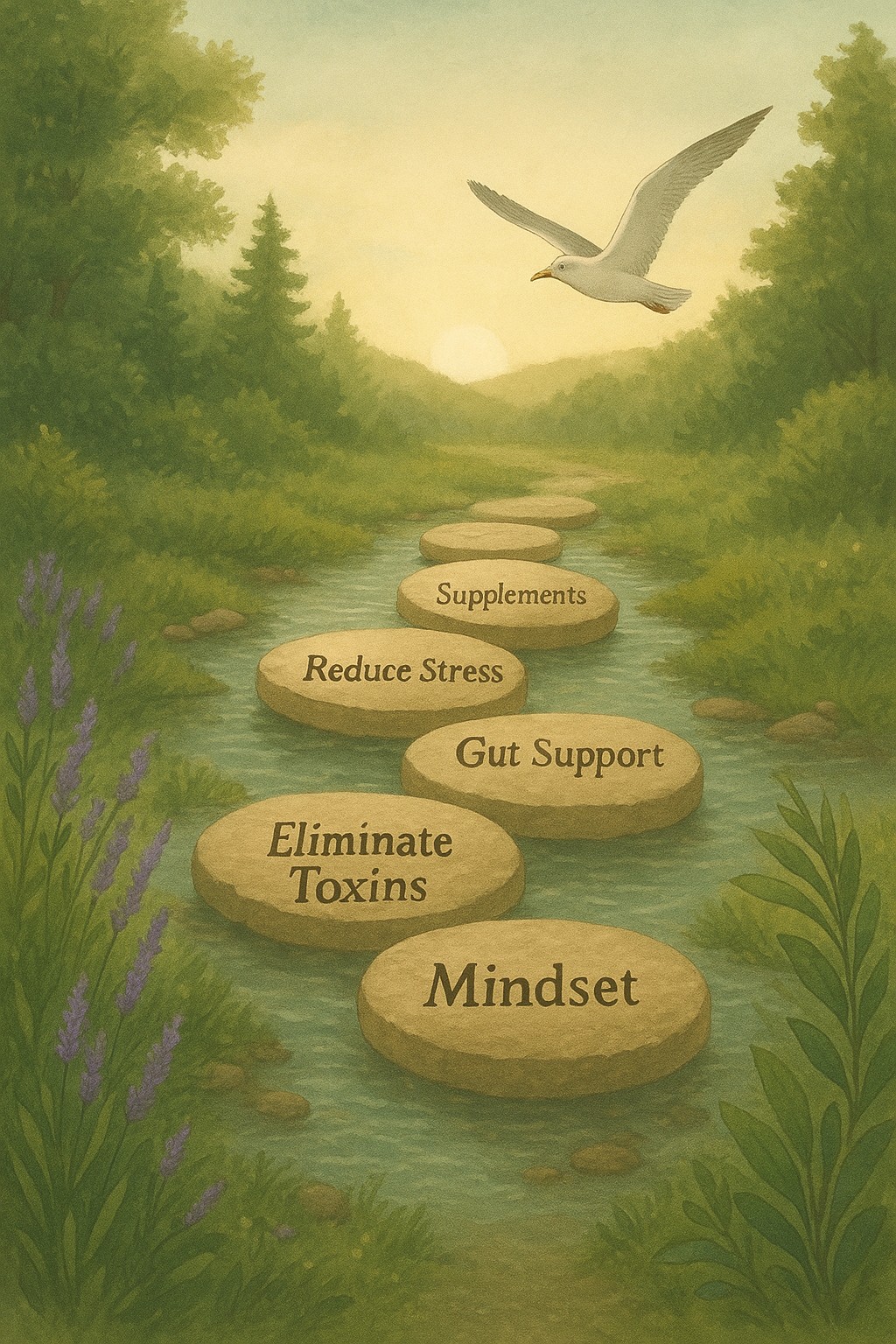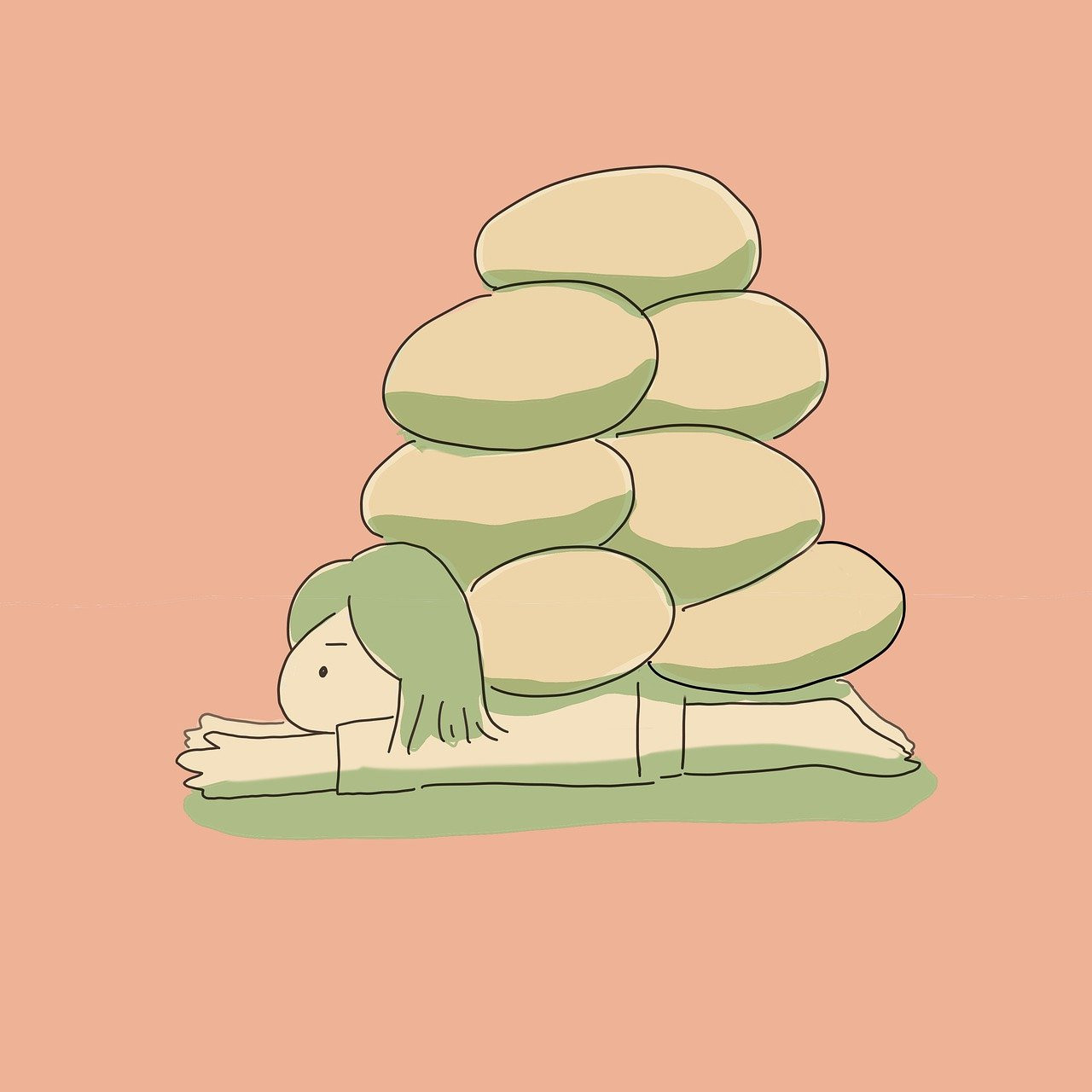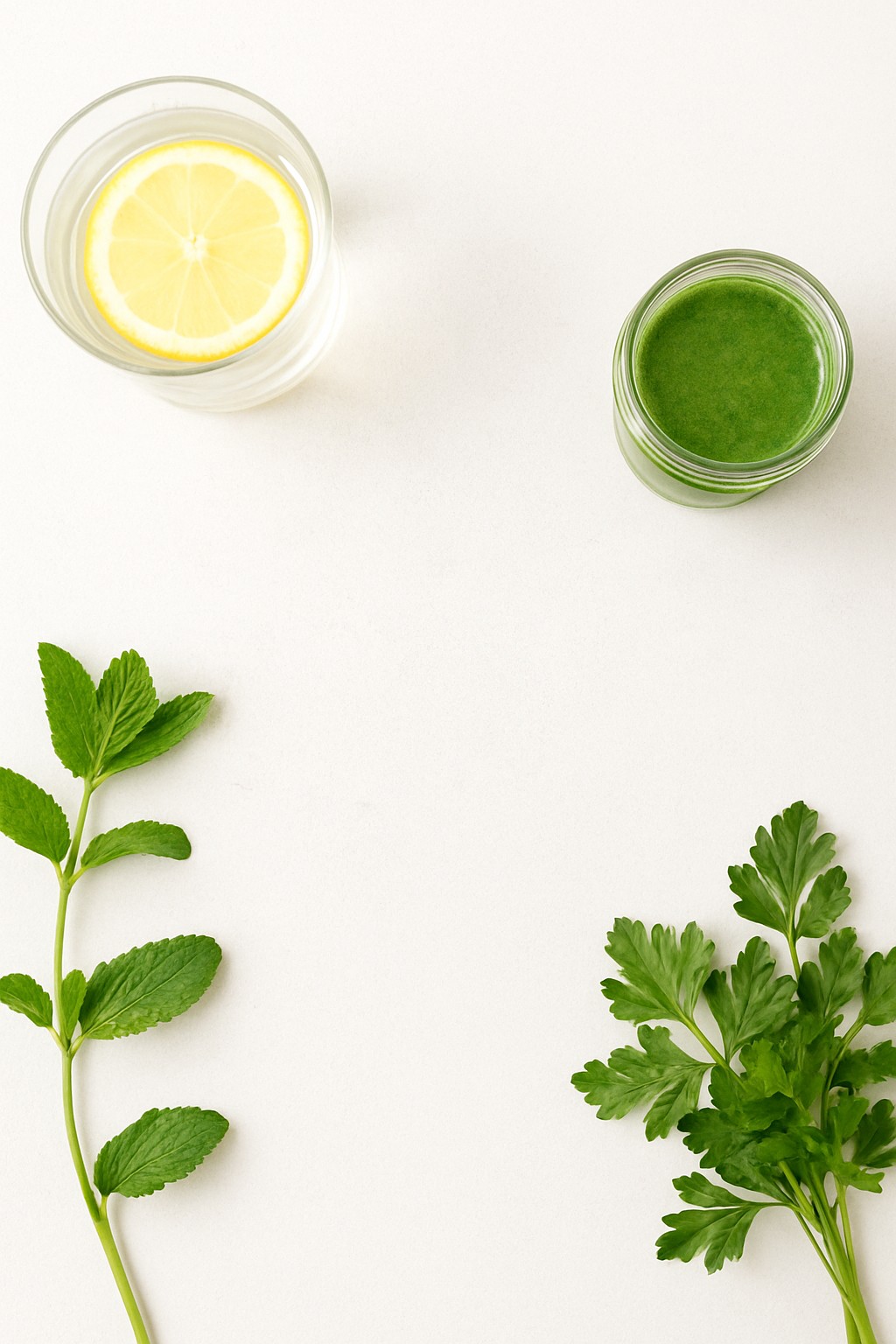
When I was diagnosed with ITP back in 2003, I knew nothing about autoimmune disease, toxins, or liver health.
Like most of us, I trusted that what the doctors prescribed would simply “fix me,” and I believed that my immune system had somehow gotten broken. What I didn’t know then—and what I wish I had known much sooner—is that many holistic practitioners now believe autoimmune disease isn’t caused by a malfunctioning immune system at all.
Instead, they believe the immune system is responding exactly as it should to protect us from toxins and stressors that have made part of our body sick.
In the case of ITP, these toxins and stressors can burden the liver, disrupt cellular health, and ultimately trigger the immune system to remove what it perceives as “damaged”—including our platelets.
And that’s why cleansing matters.
The Holistic Perspective: Autoimmune Disease and Toxins
Holistic practitioners often ask a different question than conventional medicine:
“What is overwhelming the immune system in the first place?”
From this viewpoint, autoimmune conditions may begin when toxins accumulate faster than the body can clear them. These toxins can include:
- Heavy metals
- Medications and infusions
- Harsh ingredients in personal care products
- Artificial fragrances
- Processed and inflammatory foods
- Environmental pollutants
- Residue from chemotherapy or medical treatments
When these stressors overwhelm the liver—our body’s primary detox organ—it can become sluggish or “clogged.” A sluggish liver can’t properly filter toxins, and the immune system gets called in to help. For many of us, that was the beginning of our ITP journey.
My Detox Journey: What I Experienced
When I first began cleansing, I had no idea what my liver had been holding onto all those years. I had used fragranced lotions and soaps daily, had received vaccines and infusions, had taken medications, and had undergone chemotherapy. My body had been through a lot.
When I finally started detoxing, I experienced several noticeable symptoms:
- Fatigue
- Headaches
- Body aches
- Nausea
- Skin irritation
These weren’t random. And it didn’t mean something was wrong; just the opposite! They were signs that my liver was finally releasing toxins—but my elimination pathways were overwhelmed. When your body detoxes faster than it can eliminate waste, those toxins can exit through the skin, causing what seems like a skin reaction. I had this happen on a few occasions.
But something encouraging happened after I continued cleansing over the years:
My detox symptoms disappeared.
Over time, my liver was no longer sluggish, my body was no longer overloaded, and cleansing became much easier.
Do You Need a Liver Detox? Signs to Pay Attention To
If you’ve never done a cleanse before, the answer is almost always yes.
Even though the liver is a self-cleaning organ, it can still become congested from years of exposure to chemicals, stress, medication, and processed foods.
Consider these symptoms as signs that the liver may need support:
- Waking up consistently between 2:00–3:00am (the liver cleansing window in Traditional Chinese Medicine)
- Chronic fatigue
- Skin breakouts or rashes, including eczema
- Hormonal imbalances
- Digestive issues
- Trouble losing weight
- Headaches or brain fog
Your liver plays a role in every major system of the body. When the liver struggles, everything struggles. Pay close attention to skin issues. Your skin is the outward manifestation of what is going on inside; especially with the gut and liver.
Where to Start: Simple First Steps for ITP Warriors
If you’re new to cleansing—or you’re feeling overwhelmed—start here:
1. Shift Your Nutrition
Begin with small, supportive steps that will help your body prepare for deeper cleansing:
- Increase antioxidants (I have a favorite antioxidant supplement I can suggest)
- Add more whole, unprocessed foods
- Reduce inflammatory ingredients (gluten, dairy, refined sugar)
- Drink more water
- Add a squeeze of lemon to your water
2. Remove Toxins From Your Home
This step is so overlooked, yet so powerful.
This alone reduces the burden on your liver every single day.
Swap out:
- Artificial fragrances
- Toxic cleaning products
- Parabens + phthalates
- Personal care items that are full of disruptors
- Conventional candles, air fresheners, and detergents
3. Support the Liver With Targeted Foods & Supplements
The right support can make cleansing gentle and effective. Many options exist, including:
- Bitter greens
- Cruciferous vegetables
- Lemon water
- Milk thistle
- Dandelion
- Antioxidant-rich blends
- Gentle detox blends or essential oils (when used properly)
Why This Matters for ITP Warriors
If you’re living with ITP—or any autoimmune struggle—supporting your liver is one of the most foundational steps you can take.
Your cleansing journey doesn’t have to be extreme. It just needs to be consistent and intentional.
A healthy liver can help:
- Improve immune balance
- Support platelet health
- Reduce inflammation
- Clear chemical burdens
- Improve energy and sleep
- Strengthen overall wellness
I wish someone had told me this in 2003. It would have changed everything about my healing journey.
Ready to Learn More? Join Me in 2026
At the beginning of 2026, I’ll be offering a brand-new wellness program designed specifically for ITP warriors and autoimmune survivors who want to:
- Remove toxins from their lives
- Support their liver and immune system
- Rebuild their health naturally
- Understand the “why” behind their symptoms
- Create a simple, sustainable cleansing lifestyle
If you’d like to be added to the early interest list, just let me know. I’d love to support you on your healing journey.



